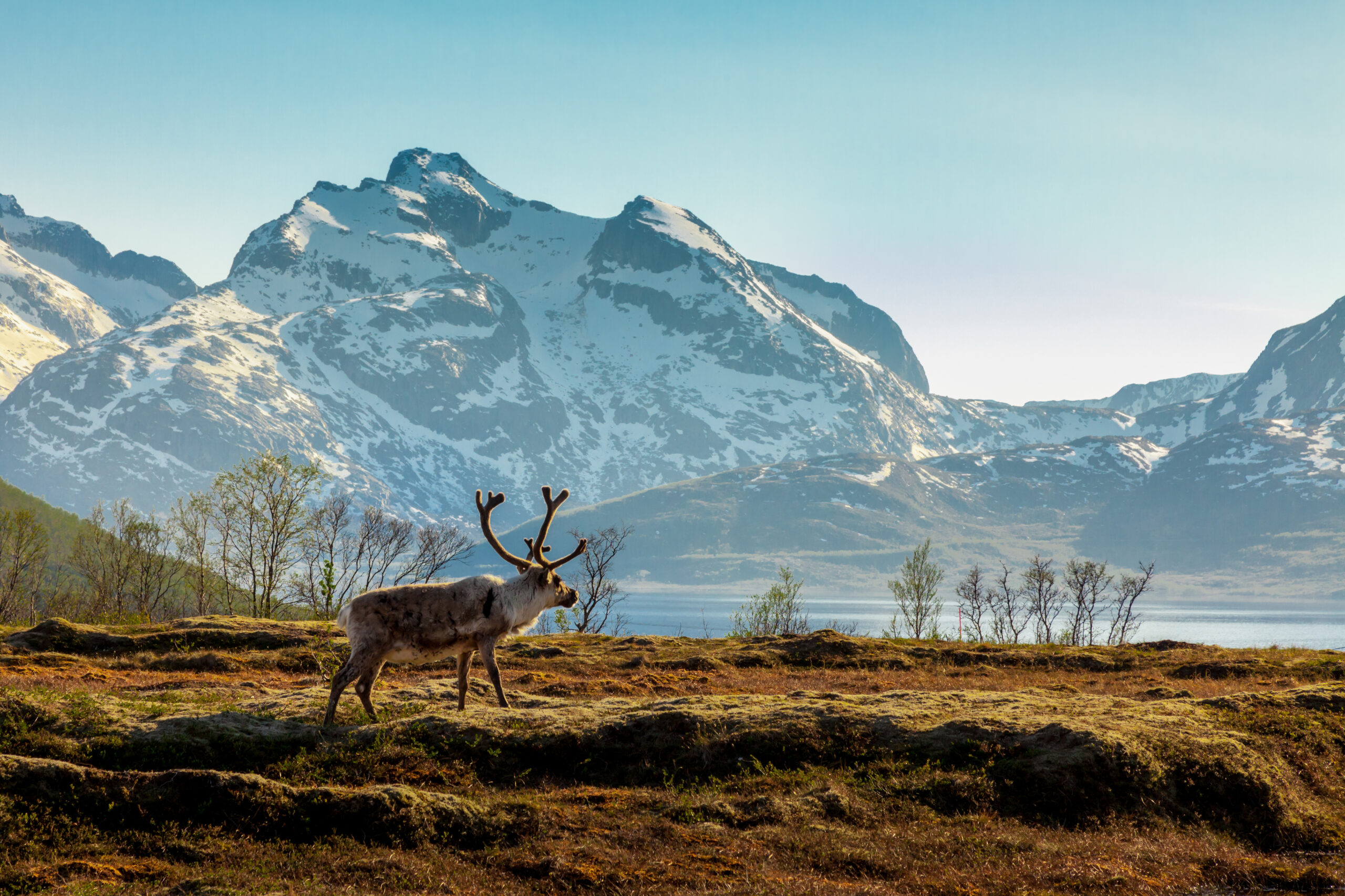A Prehistoric Ski Was Found On A Mountain In Norway, And It’s Around 1,300 Years Old

On Digervarden, a mountain in central Norway, archaeologists have discovered the second prehistoric ski of a pair of skis.
The latest one was found just a short distance away from the first one, which was uncovered seven years ago. Radiocarbon dating showed that the ski was about 1,300 years old.
As global warming causes more glaciers to melt, many artifacts have emerged. An analysis from 2023 showed that between 2000 and 2023, Central Europe lost 39 percent of its glacial coverage. According to the archaeologists, the ancient skis are the most well-preserved pair in the world.
“This discovery is groundbreaking for two reasons. First, it demonstrates that humans used the high mountains for hunting and transport during winter, despite the considerable risks involved,” said Lars Holger Pilø, an archaeologist and co-director of the initiative.
“Second, the skis’ remarkable preservation, including their bindings, allows us to create precise replicas and experiment with how Iron Age humans might have skied.”
Each ski was crafted from a different type of wood. One was made with birch, and the other from pine. Their proximity and radiocarbon dates indicate that they were being used as a pair.
This highlights how much prehistoric people in the area valued wooden objects, especially since they lived far above the tree line.
The researchers used aerial photography, satellite imagery, and local information from hikers and reindeer herders to map out ice patches to search for artifacts.
Melting glaciers flow down mountains and can destroy artifacts, so stationary ice patches are better for finding objects that are still intact.

Sign up for Chip Chick’s newsletter and get stories like this delivered to your inbox.
In 2006, a major ice melt revealed hundreds of artifacts, resulting in the development of the Secrets of the Ice initiative.
“The rapid melting of glacial ice due to anthropogenic climate change is revealing archaeological objects that have been frozen for centuries or even millennia. These finds offer insights into past human activity, technology, and adaptation to challenging environments,” Pilø said.
Funnily enough, climate change today has led to archaeological discoveries that can help us learn more about climate changes in the past.
For example, agriculture in the mountains faced extreme challenges during the Late Antique Little Ice Age (535 to 660 C.E.), so people started hunting reindeer more.
Evidence of this increased hunting activity can be seen through the number of arrows encased in the ice. The arrows demonstrate how humans changed their behavior in response to a climate shift.
The newfound skis also show that humans used the area in winter, proving that they traveled at higher elevations in the winter than previously thought.
Overall, these kinds of finds can help determine what the planet looked like thousands of years ago and how human societies adapted to changing conditions.
More About:News





